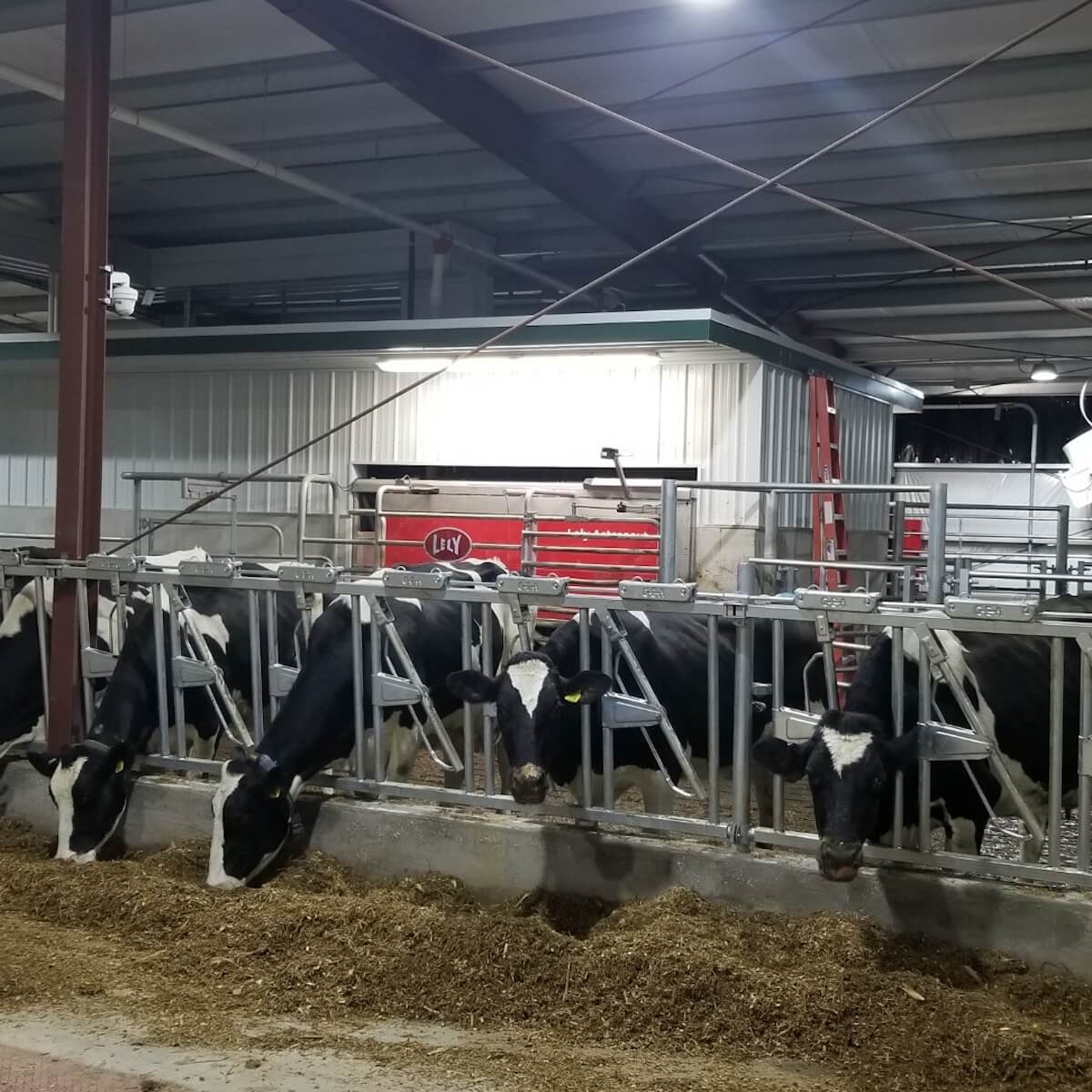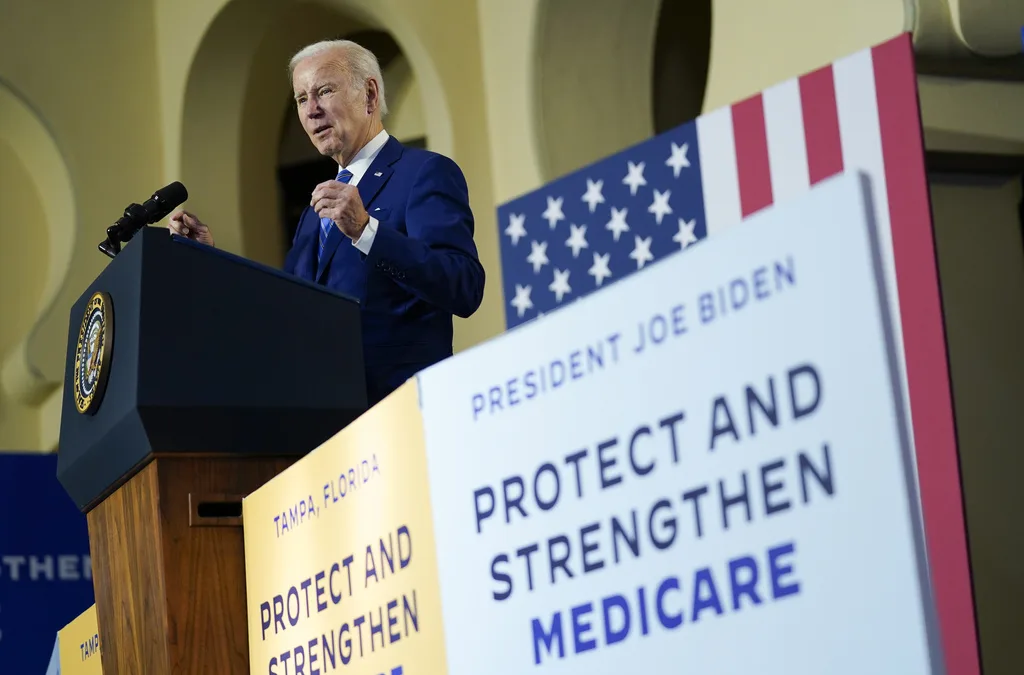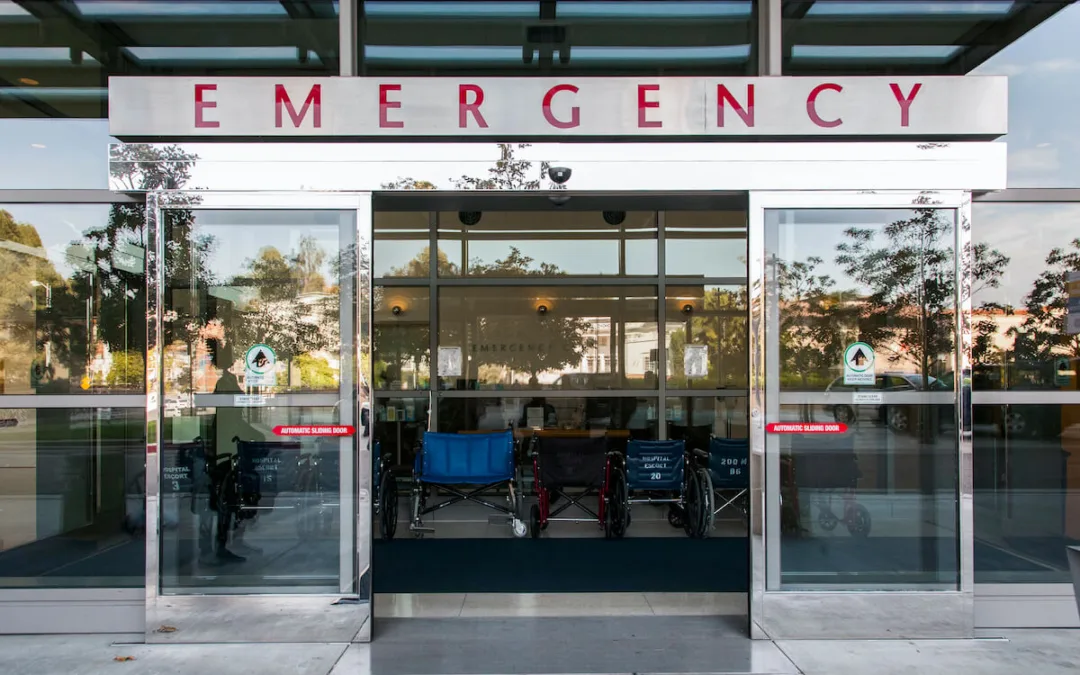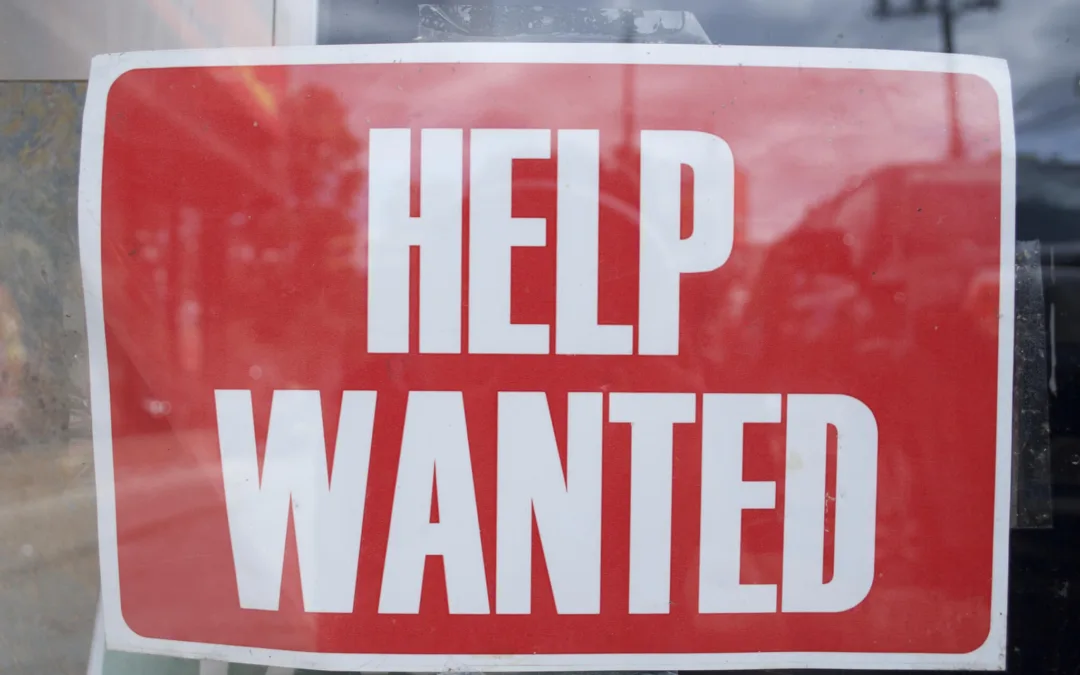
#image_title
#image_title
Deadline approaching for a small, one-time check as the pandemic rocks already volatile markets.
Like most Wisconsin farmers, Joe Bragger works as independently as possible, taking pride at overcoming the many challenges of his profession to grow crops and supply dairy products and chickens on his 800-acre Buffalo County farm.
But Bragger, like virtually all Wisconsin farmers, has been adversely impacted by the coronavirus pandemic. Already low milk prices for his 350-cow dairy operation tanked when the virus struck the state in March. High spring planting costs amid anticipated low crop revenues stretched his pocketbook.
“This is a historically bad time with the pandemic,” Bragger said Monday. “I’m hurting just like the rest of the farmers.”
Bragger, president of the Wisconsin Farm Bureau Federation, is among almost 9,000 Wisconsin farmers who have applied in recent days for federal coronavirus-related assistance, a sign of the economic struggles they face amid the pandemic.
According to state Department of Revenue figures, as of Monday 8,951 farmers had filed for one-time direct payments of between $1,000 and $3,500 from the Wisconsin Farm Support Program. Farmers could begin applying for the aid on June 15.
Program payments are available to farmers who had gross income between $35,000 and $5 million in 2019. Disbursements will be made based on incomes and are expected to begin in mid-July, state Department of Agriculture, Trade and Consumer Protection Secretary-designee Randy Romanski said. The relatively high number of applicants in one week “is a sign a lot of farmers are struggling,” he said.
Gov. Tony Evers announced the $50 million program in May. Program dollars are allocated to Wisconsin through the federal Coronavirus Aid, Relief, and Economic Security (CARES) Act.
DATCP is partnering with the state Department of Revenue and farm organizations to provide assistance to farmers hurting financially, Romanski said. His agency hopes to fully spend the $50 million.
“Big farmers, small farmers, dairy farmers, farmers of all types are hurting,” Romanski said. “There is still a lot of stress in rural Wisconsin, in rural America, brought on by COVID-19.”
Romanski acknowledged the per-farmer payment through the Wisconsin Farm Support Program isn’t nearly enough to offset losses experienced by farmers since the pandemic shut down the economy for a time and disrupted the product supply chain. But Evers’ administration is working to get money directly into the hands of farmers as quickly as possible, he said.
“This will not make farmers whole. But it is meant to get some revenue in the hands of farmers, to help them pay some bills,” Romanski said.
Danielle Endvick, communications director with Wisconsin Farmers Union, said payments to farmers are especially needed as many struggle to remain economically viable amid the pandemic.
“Given the ongoing struggles Wisconsin farmers have faced in the past several years, coupled with impacts on the food supply chain from the pandemic, this support is much needed and appreciated,” Endvick said. “The application process is very quick, and we encourage farmers to make haste and apply before the June 29 deadline.”
Farmers can apply for the program at the Department of Revenue’s online application site, www.revenue.wi.gov, or by calling 608-266-2772. Applications must be received by 11:59 p.m. on June 29.
Wisconsin farmers are eligible for other COVID-19-related assistance as well. Farmers began applying in May for money through the Coronavirus Food Assistance Program overseen by the U.S. Department of Agriculture’s Farm Service Agency. Applications will be accepted until Aug. 28 and more information about the program is available at www.farmers.gov/cfap.
Thus far Wisconsin farmers have received $218 million in CFAP funding, the second-highest total nationally, Romanski said. Of that, 71 percent has gone to dairy farmers.
“So far we’ve heard that program has been really helpful to farmers,” Romanski said.
Prior to the pandemic, Wisconsin farmers already faced significant economic challenges in the form of years of low milk prices, uncertain grain revenues amid growing costs, and successive years of unusually wet weather that hampered crop production.
Those struggles already forcing a record number of farmers out of business were made even worse by the coronavirus pandemic that reduced farmers’ customer base when businesses and schools shut down.
In addition, farmers incurred additional losses when some were forced to dump milk or kill animals when processing plants and the product supply chain were shut down.
“With COVID there really isn’t a segment of agriculture that hasn’t been hit,” Bragger said.
After five years of harsh farming conditions, predictions of higher milk and grain prices this year signaled a reprieve in the agriculture sector. Then COVID-19 struck.
“Just when it looked like we might have been turning the corner, the pandemic came and took prices down through the floor,” Bragger said.
Still, there are signs of improvement, he said. Higher futures milk prices for June and July are up significantly. The commitment by state government to help farmers also helps, Bragger said.
“When you see the commitment by the governor and the Legislature that ag is important to Wisconsin, it is a big morale boost as a farmer to know that the state is behind you,” he said.
However, milk and other farm product prices are especially volatile now, and Bragger said he and other farmers worry how long those revenues might stick around. Romanski acknowledged that uncertainty. Even with assistance programs, many farmers will continue to struggle, he said.
“There are still a lot of challenges out there,” he said.
Politics

The Republican war on Medicare raises the stakes in 2024
Nearly 1.3 million Wisconsinites rely on Medicare benefits—benefits they spent decades paying into, with the promise that the program would be there...

Opinion: Donald Trump’s attacks on abortion rights puts politicians between doctors and their patients
In this op-ed, UW-Madison Medical Student, Charlotte Urban, discusses Trump’s attack on abortion rights and health care, emphasizing the importance...
Local News

Where to buy farm-fresh eggs in western Wisconsin
There’s nothing better than eggs from a local farm. Of course, they taste fresher and last longer, but the best part is that you’re supporting a...

13 local bookstores every Wisconsin reader should know
Whether you’re sitting outside enjoying beautiful weather or curling up inside during a snowstorm, it’s always a great time to crack open a book....




